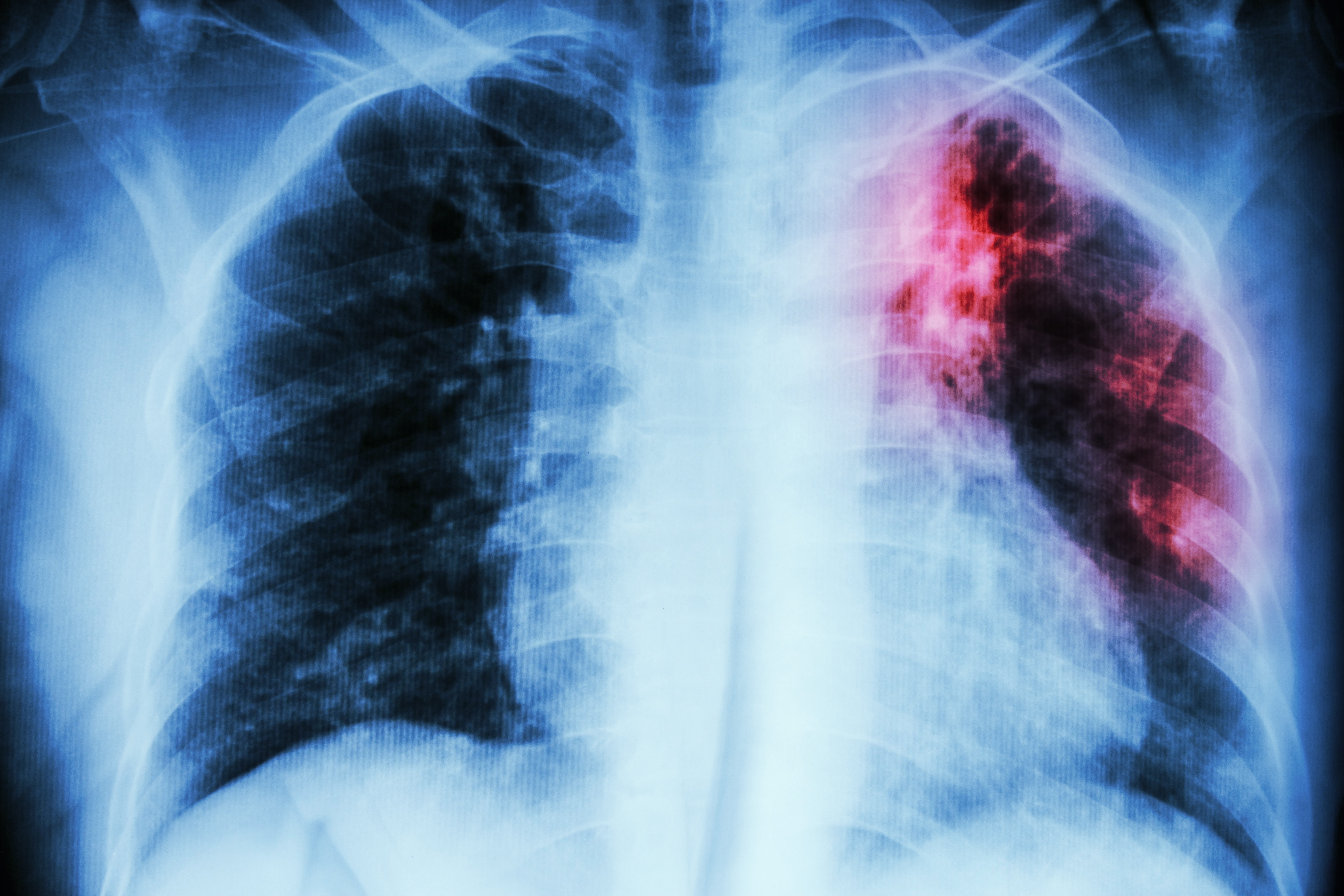Review Study Highlights Burkholderia Pseudomallei Infection in Cystic Fibrosis Around the World

Researchers from the University of Queensland (UQ), Australia, have recently released findings from their scientific literature review in an effort to identify all cases of Burkholderia pseudomallei infections in cystic fibrosis (CF) patients globally, the potential risk factors for acquisition, clinical consequences, and optimal treatment strategies. The findings entitled, “An international, multicentre evaluation and description of Burkholderia pseudomallei infection in cystic fibrosis“ published in BioMed Central’s Pulmonary Medicine will help hospital policy makers to implement effective infection control standards within the healthcare environment.
About Cystic Fibrosis
CF is a chronically progressive life-threatening disease caused by a genetic mutation that disrupts the body’s ability to hydrate and effectively clear mucus in the lungs and/or digestive tract. According to the CDC, in the US, approximately 1,000 new cases are diagnosed each year with more than 75% of those patients under the age of two. An estimated 30,000 children and adults in the US and 70,000 worldwide have the disease. Patients diagnosed with CF have a lifespan of approximately 30 years, with many patients living into their forties.
The genetic mutation that causes CF affects the normal functioning of the lungs and digestive system by creating abnormal amounts of very sticky mucus that covers the lungs, pancreas, and other important organs of the respiratory and digestive systems. This sticky mucus attracts foreign pathogens, such as viruses and bacteria, making patients more susceptible to infectious diseases (i.e. pneumonia). The high microbial burden causes inflammation of the lung tissue and a high likelihood of tissue destruction due to the frequency of infections.
About the study
The review study was conducted by senior research author, Dr. Scott Bell MBBS hons II, MD, FRACP, Associate Professor, Director of Thoracic Medicine, Senior Staff Specialist, The Prince Charles Hospital, UQ. Dr. Bell has devoted almost 20 years to investigating the clinical impact of certain bacterial pathogens for CF patients, with the goal of providing the needed data to policy makers that will institute changes in infection control policies that will benefit the immunocompromised CF patient population.
In this review, Dr. Bell and his colleagues searched the current relevant literature to identify all confirmed cases of B. pseudomallei infection in CF patients that has been published since 1987. After analyzing the results from almost 200 published studies the researchers made the following conclusions:
- 25 culture-confirmed cases were identified.
- Median age of the patients infected was 21 years.
- 19 patients (76 %) developed chronic infection, which was usually associated with clinical decline.
- Successful eradication strategies included a minimum of two weeks of intravenous (IV) ceftazidime, followed by a consolidation phase with trimethoprim/sulfamethoxazole.
- Three cases of lung transplantation have been recorded in CF patients with chronic B. pseudomallei infection.
In light of these results the authors made the following recommendations for hospital infection control practitioners:
- Clinicians should have a high index of suspicion for B. pseudomallei infection for CF patients living in or returning from areas where it is endemic. Suspicion should be heightened when fever and or pneumonia occurs. Close liaison with the CF microbiology laboratory is important.
- Eradication of B. pseudomallei infection should be attempted for CF patients when this pathogen is first isolated.
- Initial intravenous therapy should include a minimum of two weeks intravenous ceftazidime (and or meropenem if severe sepsis). Consideration should be given to extending the duration of intravenous in those CF patients who are persistently culture-positive on therapy. We also recommend addition of oral/intravenous TMP/SMX from the onset of therapy and this should continue where possible for three months, with regular clinical monitoring for potential adverse effects including renal and hepatic dysfunction, bone marrow toxicity and potentially life-threatening skin reactions including DRESS syndrome (drug reaction with eosinophilia and systemic symptoms).
- Travel should be avoided to northern Australia or south-east Asia during the monsoonal season, with particular care to minimize exposure to wet season soils and rain in resident patients.
- Person-to-person transmission of B. pseudomallei is generally thought not to occur. However one case of siblings who developed infection with identical strains raises the possibility of cross-infection in CF and should carefully consider the risks and benefits of segregation of patients who have isolated this organism.
When discussing the findings of their review, Dr. Bell, and his team wrote the following, “In contrast with the general population, acquisition of B. pseudomallei in CF appeared to be more likely to result in chronic infection, which is problematic given how difficult it can be to eradicate this pathogen even with targeted antimicrobial therapy. Whilst the clinical manifestations of infection were varied in the CF patients, and a chronic quiescent disease state can obviously occur, the establishment of chronic infection in most patients usually heralded further clinical deterioration, with progressively refractory bronchopulmonary sepsis being a common feature. Delayed diagnosis may contribute to chronic infection and early attempts to eradicate are recommended.”
The authors conclude that, “The international experience with B. pseudomallei described here demonstrates that this organism has the potential to exhibit novel behaviors in the CF host, including the development of chronic infection. Further analysis of B. pseudomallei isolates from those CF patients with persisting infection may inform on the key mechanisms contributing to bacterial persistence.”







